Subscribe now and get the latest podcast releases delivered straight to your inbox.
As I get older, time sure seems to be getting faster.
Cliche, I know, but it’s true.
2019 felt like a blur of strangeness to me, from the theft of a golden toilet from a British castle to a rise of cell phone-related face injuries.
But it was also the year Camille Schrier won Miss America by demonstrating her knowledge of science and the year engineer Mark Rober teamed up with Home Alone’s Macaulay Culkin to fight front-porch package stealers. So I guess it wasn’t all bad.
Here at IMPACT, we aim to cover the most important digital marketing and sales news.
Sometimes we report on events and controversies like Facebook’s loudly self-proclaimed victories against misinformation. Other times, it’s product updates from places like HubSpot or Google, or cutting-edge research.
Last year, we published 582 news reactions.
Here are eight of the most clicked and most discussed from 2019. May they help you recall the bizarre year that was.
1. What Beyonce’s website accessibility lawsuit taught us
In January, we focused on a topic that has continued to grow in prominence among everyone in the digital space: To what extent do non-government websites need to comply with ADA regulations?
Around that time, Queen Bey was in the news for the wrong reasons, when her website was accused of failing to accommodate visually-impaired visitors.
The story goes like this: A class-action lawsuit was filed by Mary Connor, a New York woman who is visually impaired.
Connor was looking to buy Beyonce concert tickets, but discovered that the “exclusively visual interface” of beyonce.com presented “numerous barriers which limited her accessibility to the goods and services offered on the website.”
The lawsuit alleges that the website is in violation of the ADA because it lacks functionality to allow visually impaired users to browse the website.
We’ve written elsewhere about the murky waters of ADA compliance, and this is a topic we will cover with increasing depth in the months ahead.
It’s certainly been top of mind for many marketers and digital professionals as we develop sites and publish content — but there’s something about a celebrity that makes everything more clickable.
2. The best site structure, according to Google
Readers are always hungry for insights and updates from the search engine giant. In February, we covered a Google executive’s take on which site structure is best for SEO.
John Mueller, a webmaster trends analyst at Google, addressed this question during a Google Webmaster Central Hangout.
Here’s the quick answer: Avoid a “flat site structure” in which every page is one click away from your homepage.
Instead, opt for a more traditional (or “theme pyramid” structure) in which the home page would be the top of the pyramid, with subtopics that are linked from the main navigation, with interlinked pages from those navigation pages acting as the lower levels in the pyramid.
As with every aspect of web design, think of your users. A site structure that is intuitive and hierarchical helps people navigate your site, and Google recognizes this.
3. Brands try Game of Thrones-themed marketing
Before Daenerys burned cities and Bran became king (spoilers, I know. But come on, it’s been a few months), businesses large and small were eager to get in on the hype surrounding HBO’s epic series finale.
In April, when the final season premiered, we covered the ways some surprising brands were getting in on the fun.
Drawing from examples as diverse as Mountain Dew, the New York Mets, and the American Red Cross, we dove into the phenomena of “newsjacking,” which can help brands to stay top of mind as they catch some of the buzz from prominent pop-culture events.
For your reference, here’s Oreo’s homage to the Game of Thrones opening sequence:
4. Advertising on Instagram keeps getting easier
In May, we covered a new integration between Instagram and Facebook Creator’s Studio.
We all know that Facebook owns Instagram and that all Instagram ads are scheduled through Facebook.
With this new dashboard, however, marketers were more easily able to track data across both platforms in one place.
What was most useful, according to IMPACT’s Arielle Gnann, was the newfound ease with which users could access Instagram insights in a desktop interface. The photo-sharing app is best experienced on mobile, of course, but having a connection with Creator’s Studio has made it easier for marketers and advertisers to view that information.
5. The best times to post on social media
Every business today needs some social media presence — from a simple Facebook page to a robust, multi-platform strategy.
Ever since social media became a must-have asset in every marketing strategy, brands have been trying to identify the secret “sweet spot” for the best time to post content.
If you’re putting time and effort into crafting the perfect post for your audience, you want it to be seen by as many people as possible — and in turn, have it get the most engagement, shares, and traction.
The team at Sprout Social released an updated list of peak engagement times for the four major social media platforms: Facebook, Instagram, Twitter, and LinkedIn.
For example, here is their graph showing Facebook engagement by day and time:
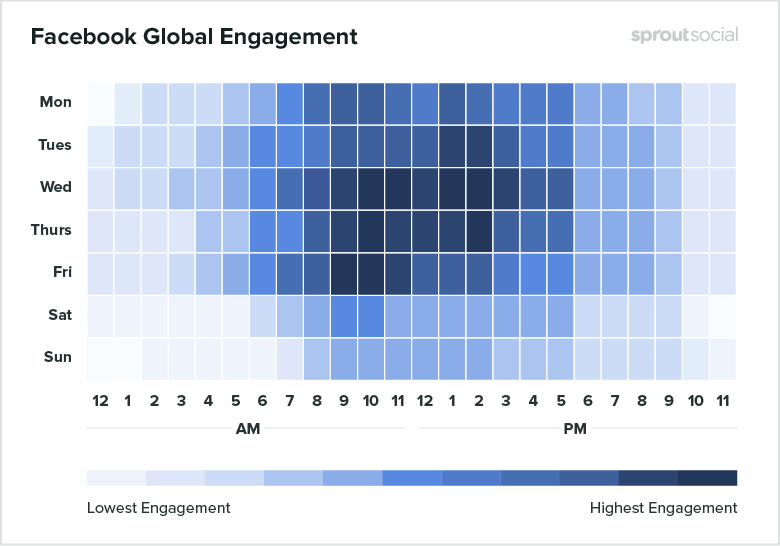
For more information, check out our article from last summer.
6. Is FaceApp dangerous?
Remember this? Last summer, the buzziest app on social media offered to digitally “age” you (assuming you wanted to know what you’ll look like in a few decades).
Celebrities got on board — as did users all around the world:
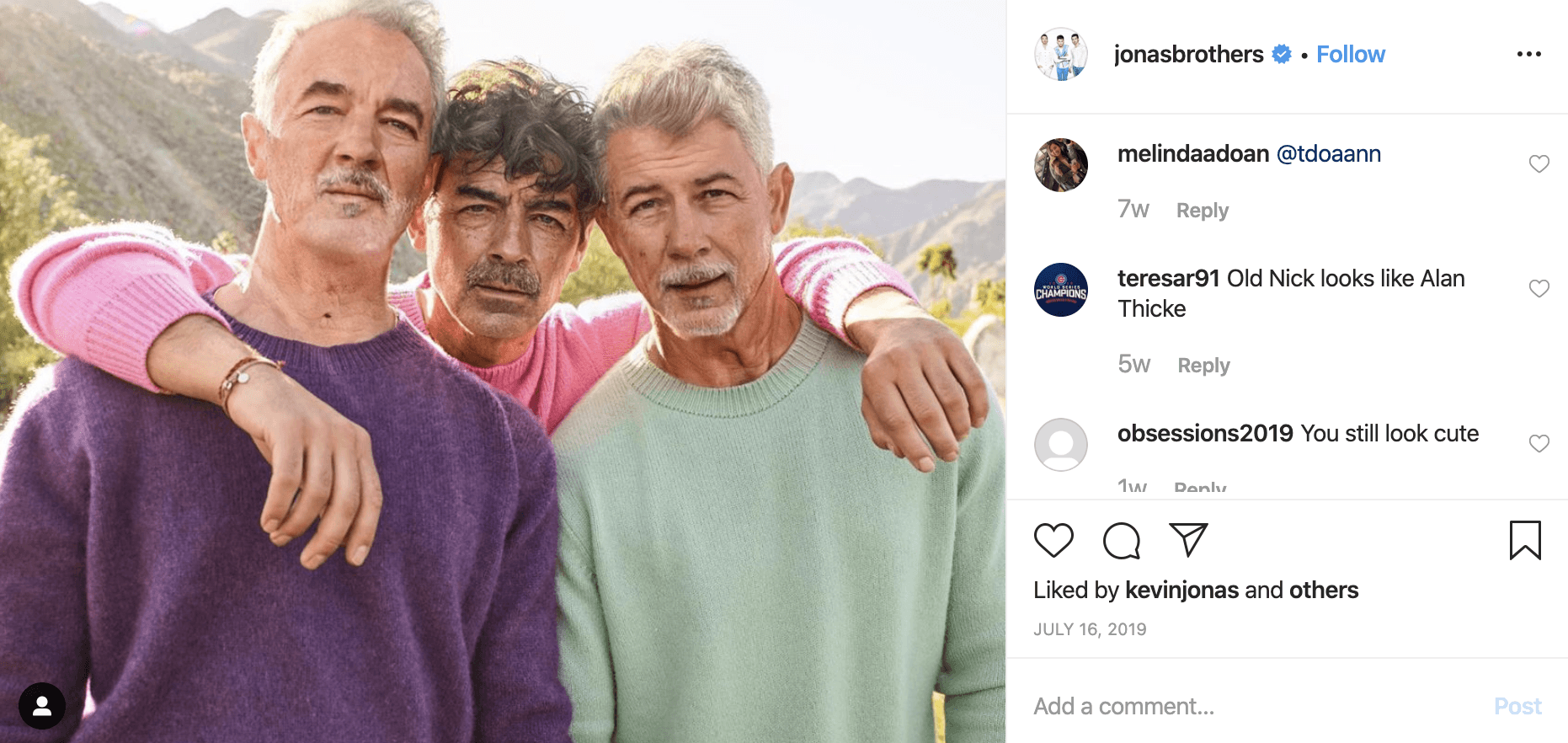
However, there quickly followed a backlash over the app’s handling of data. Rumors swirled that the developers were shady government operatives from Russia. An article from Forbes added fuel to the fire:
“To make FaceApp actually work, you have to give it permissions to access your photos — ALL of them. But it also gains access to Siri and Search.... Oh, and it has access to refreshing in the background — so even when you are not using it, it is using you.”
After the hysteria ramped up — reminding us once again how quickly sensational stories can spread on social media — cooler heads prevailed. Upon review by experts, it appeared that the app wasn’t as bad as it seemed.
While the app does have access to your photos, it seems as though it only can access the ones you select for editing in the app.
Per the app’s purpose, this makes sense, as it would need to see these in order to transform your picture with the desired filters.
6. Are QR codes making a comeback?
Last summer, we reported that QR codes, which seemed to rise and fall sometime around 2011, were making a comeback, thanks in part to Apple making iPhone cameras natively compatible (as of a 2017 iOS update).
The thing is, QR codes never really left, but today, they're being implemented in new ways.
Rather than being a buggy, confusing barcode, they’re now being used in a way that can drive value to the users and actually drive sales for companies.
So, keep your eye out and your phone handy. QR codes should become increasingly common in the year ahead.
7. Oh, right. People wanted to storm Area 51
And brands were (sort of) on board.
Similar to Game of Thrones-based marketing strategies, many businesses attempted to cash in on an online joke that got out of hand.
For those of you who missed it, this all began with a facetious post on Twitter that quickly ballooned into a Facebook group of over 2 million members.
The idea was that if enough people stormed Area 51 — the secret government facility in New Mexico, long rumored to be the storage place of captured alien spacecraft — the government couldn’t stop everyone.
While the creator of the original post disavowed his erstwhile movement, it gained momentum nonetheless.
Once again, a host of businesses attempted to ride the wave of zeitgeist, some better than others:
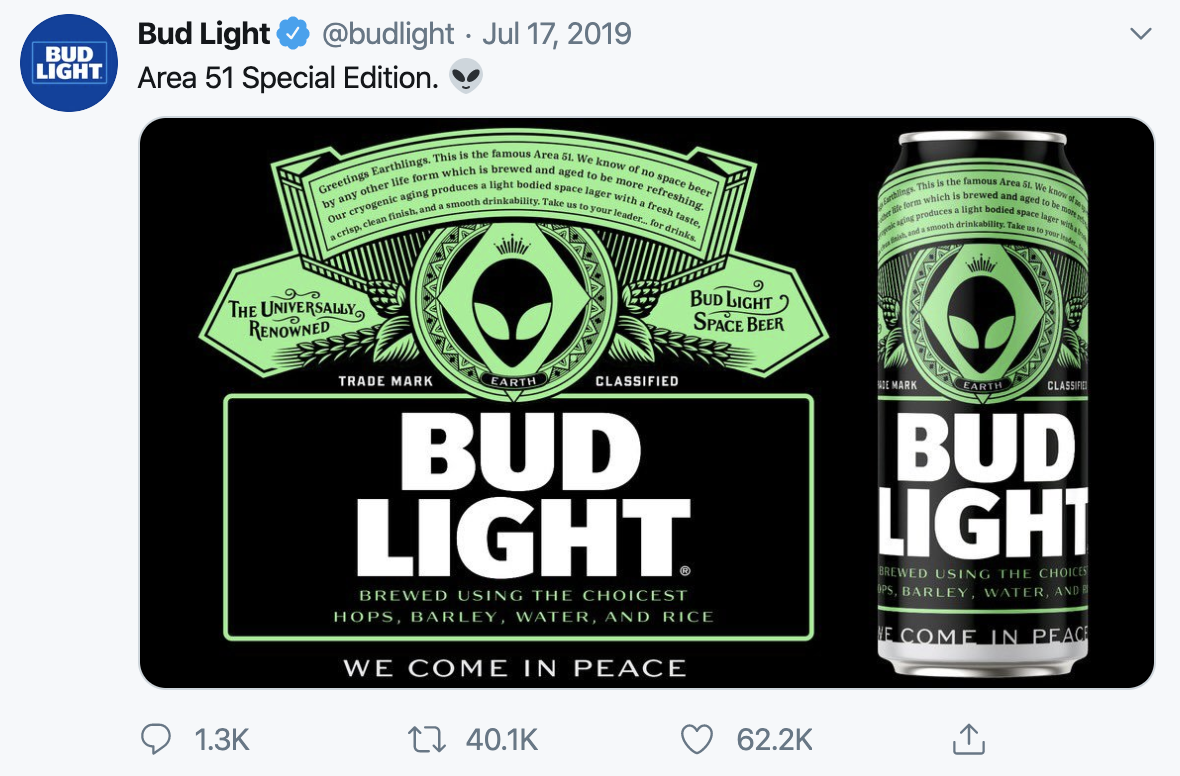
Our readers were tickled by these developments.
8. Facebook rolls out video poll ads, expands AR ads
As social media expands, along with the technology to develop and deliver better advertisements to consumers, the online shopping experience continues to improve.
In the fall, we covered press releases from Facebook announcing the expansion of ad formats on the platform.
Increasingly, ads are becoming more interactive.
Poll ads allow users to quickly share insights and experiences:
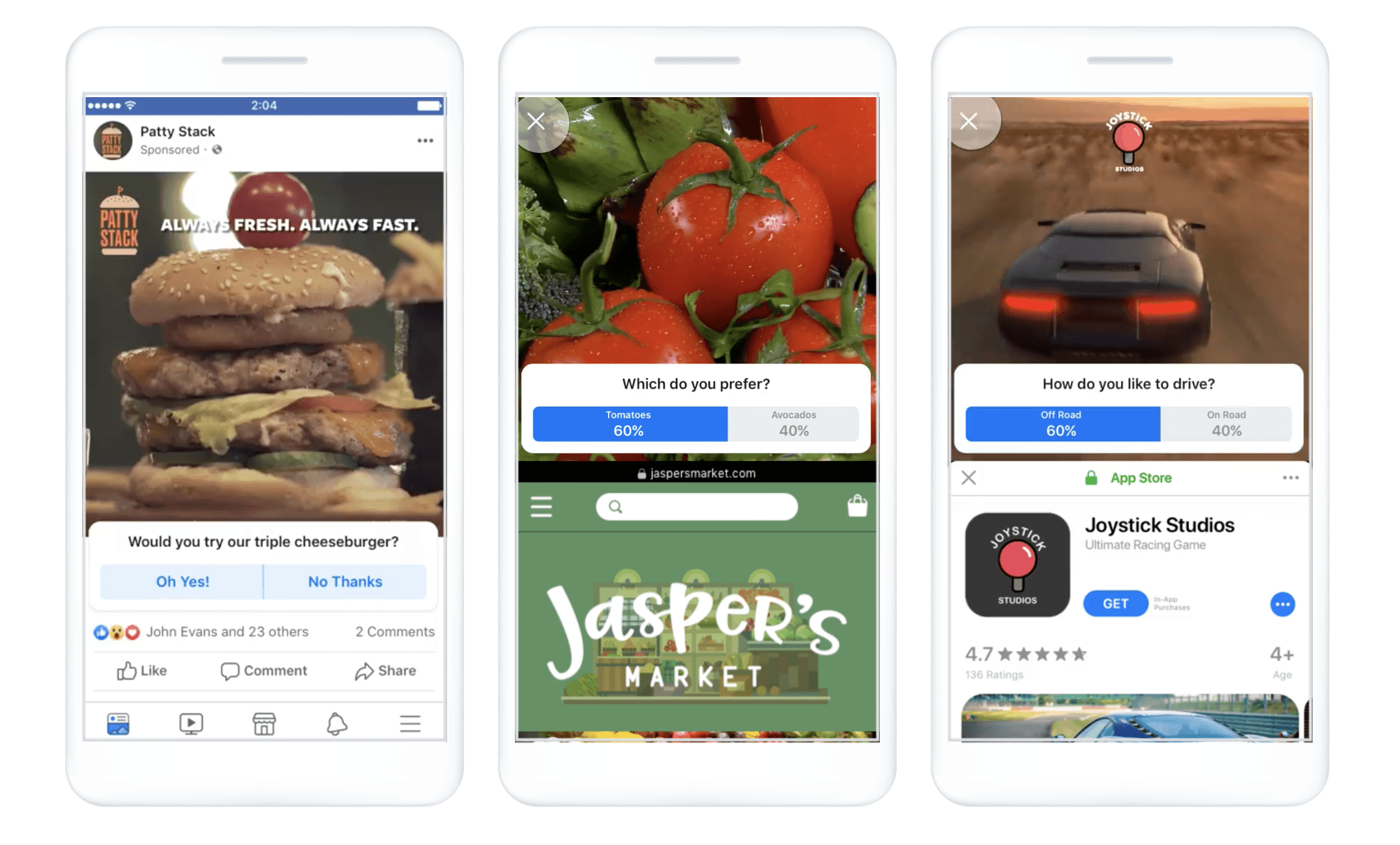
Augmented reality (AR) ads can mimic real-life experiences with a product, further lowering the barrier to online shopping.
Want to know what that couch will look like in your apartment? Unsure about that lipstick shade? AR can allow you to “try on” a product before you buy it:
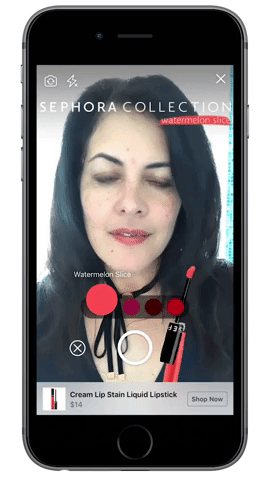
Our readers were keen to learn more about what is possible with new social media marketing technology.
So, there you have them
These were some of our most-clicked news stories of the year that was, and they seem to be a fair summation of the year in digital marketing.
2019 saw some amazing advances in technology, increases in data insights, and broader internet access for all — which are all worth celebrating.
As we look ahead to 2020, we might anticipate some of the same topics to remain in the news.
Let’s just hope no one else plans a desert rendezvous with aliens —we’ve got enough on our plate already.
As always, keep checking our site for news worth knowing, and subscribe to The LATEST to make sure you’re always up to date.
Here’s to a happy new year for all!


Order Your Copy of Marcus Sheridan's New Book — Endless Customers!

